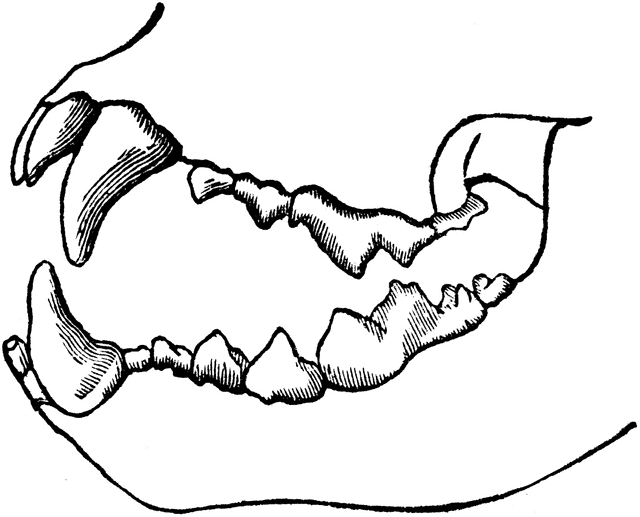Plants make their own food. They are autotrophic (self feeding) thanks to photosynthesis (light together puts). Carbon dioxide plus water, in the presence of sunlight and chlorophyll, are transformed into sugar plus oxygen. The light energy from the sun is converted into chemical energy in the sugar.
Animals do not make their own food. They are heterotrophic (other eating). There are three types – carnivores, herbivores and omnivores. They get their energy by burning the sugar made by plants. The process is called respiration and it is like photosynthesis in reverse. Sugar plus oxygen are converted into carbon dioxide and water and the energy in the sugar is made available to the animals.
Most plants (autotrophs) are rooted in one spot and, between them, demonstrate a stunning range of ways to ensure pollination and then fruit and seed dispersal. They do not have much of a nervous system but they have ways of responding to changes in their immediate environment. Growth responses are called tropisms and these come in various flavours eg phototropism (light), hydrotropism (water), geotropism (gravity)
Most animals (heterotrophs) move around to find food. They therefore have sensory systems (eg eyes, ears, nose, tongue, skin etc) which enable perception of good things (eg food) and bad things (eg predators). Most animals also have locomotor systems that make it possible to move through their particular medium – land, sea and air – in response to perceptions.
 |
| lion teeth |
Heterotrophic nutrition requires a digestive system. This involves a tube connecting a mouth at the head end to an anus at the other end. Dead plants and animals are taken into the mouth where they are physically broken down by teeth and passed along the tube to where they are chemically broken down by enzymes. The good stuff is then absorbed through the wall of the tube and taken to the liver for processing. The waste products are compacted at the rear end of the tube from where they are periodically egested.
All mammals have teeth and intestines but there are differences in the details depending on whether they are carnivores (dogs and cats), herbivores (cows and rabbits) or omnivores (mice and pigs). Human beings have the teeth and guts of omnivores. And as a species we evolved as hunters and gatherers with a very varied diet.
SO … what is it about vegetarianism? Lions would suffer if they took up a herbivorous diet – that is not what they evolved for. Cows would suffer if they took up a carnivorous diet – that is not what they evolved for. People would suffer if they took up a herbivorous diet – that is not what they evolved for
OR … does our omnivorous structure and biochemistry allow us wiggle room? And, if so, why should we wiggle this way rather than that?
We need a good balance of proteins, fats, carbohydrates, vitamins, mineral salts, water and roughage. And these need to be linked to a healthy life style. But to what end? Which world view is dictating the ‘correct’ needs?
In terms of InterBeing why might it be thought OK to eat cabbages but not cows.

No comments:
Post a Comment